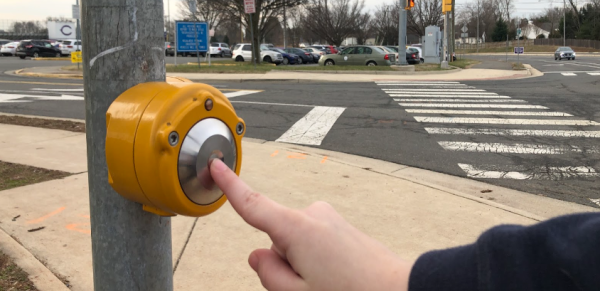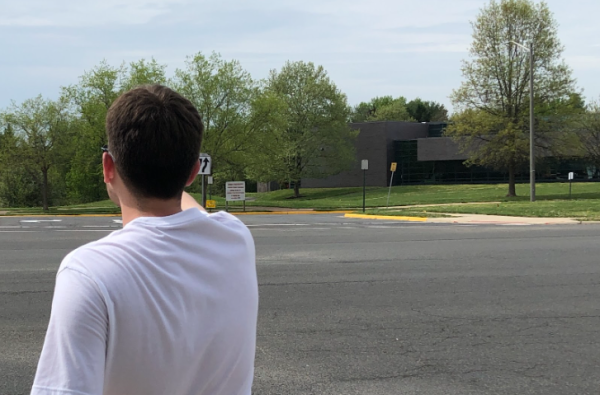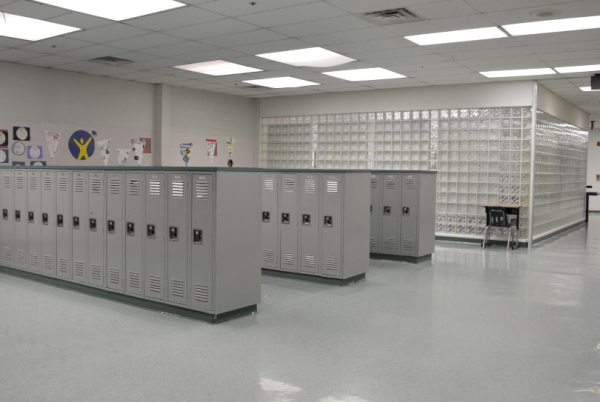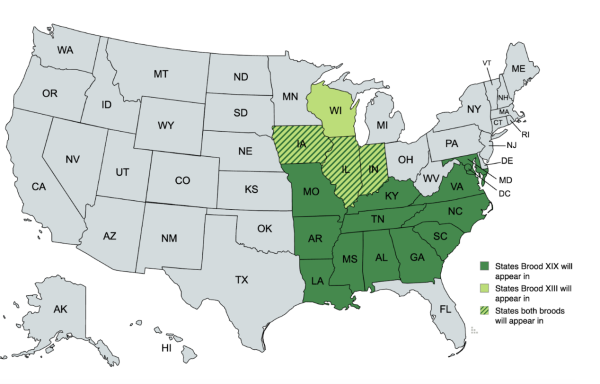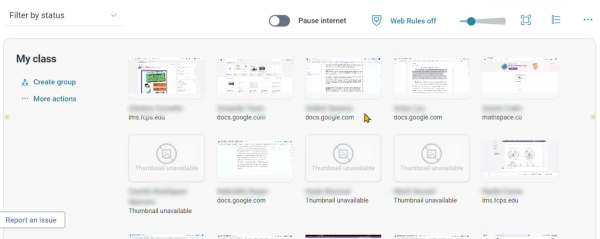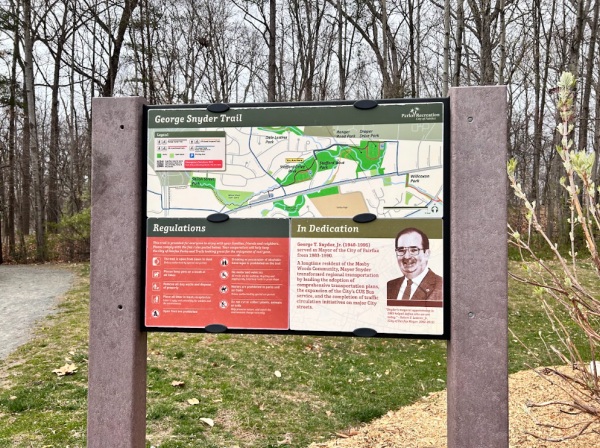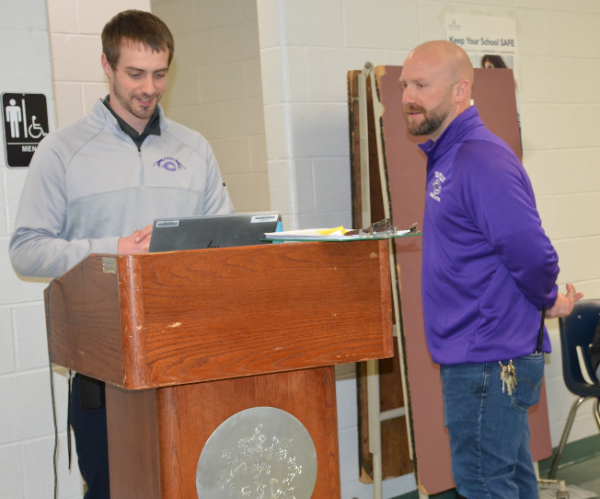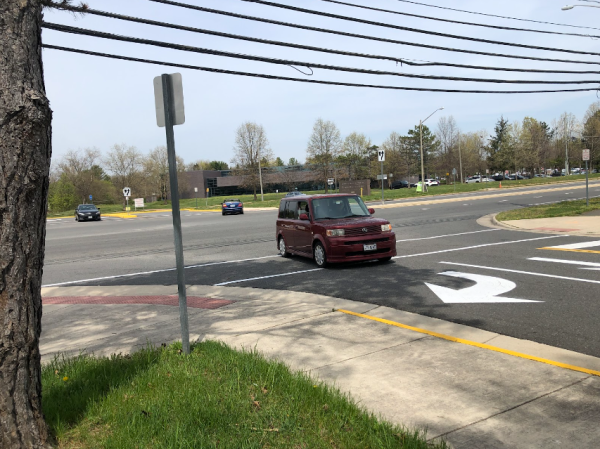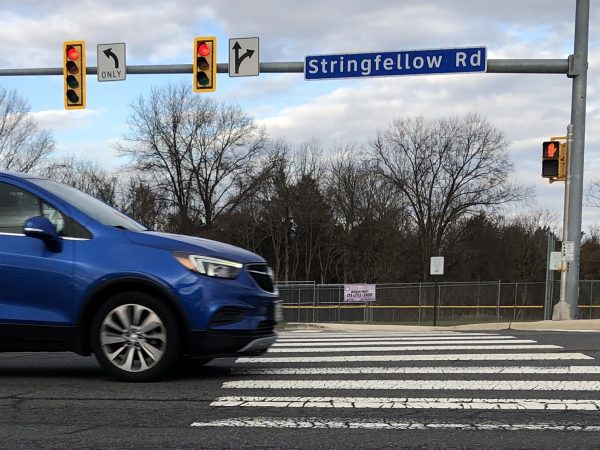Natural disasters leave behind devastating legacies, encourage community awareness
November 18, 2022

Although Hurricane Ian dissipated in early October, it forged a trail of destruction through Cuba, Southwest Florida and South Carolina, leaving extensive property damage and over 100 dead. Based on data collected afterwards, the damage is so severe that Ian is the deadliest hurricane in Florida since Labor Day in 1935.
“Hurricane Ian really hit a populated area,” science teacher Anne Fenton said. “As the population changes over time, more people are moving into Florida, so there’s a larger population to be impacted.”
For those who were struggling to make ends meet before the hurricane, circumstances have been exacerbated, especially since many don’t have the money to make repairs to their houses or replace their cars. According to Florida TaxWatch, a nonprofit research institute, rental prices have increased by more than 30% over the last two years; as a result, individuals from poorer communities are having a difficult time finding alternate housing, leaving them no choice but to uproot the remnants of their lives and start over someplace new.
“I think that the government has an obligation to provide people who were impacted by the hurricane with basic necessities, like food and shelter, without the expectation of people getting back on their feet quickly after such a traumatic event,” junior Jocelyn Flores-Garcia said. “People have just lost their homes and maybe even their futures in some cases, so they shouldn’t be expected to pay for something they have no control over.”
The negative consequences of hurricanes and other natural disasters are not limited to the population and infrastructure; the environment also suffers, as nature and systems set in place to protect the environment are disrupted in a variety of different ways.
“The way that natural disasters impact the environment, particularly hurricanes, is by destroying water treatment plants along with pollution containment systems, which means that pollution could then be out in the environment and can kill animals,” Fenton said. “The hurricane could move materials all over the area ground, which can be toxic to land animals as well as destroy food crops. So therefore less food is available for humans.”
In the aftermath of natural disasters, the government plays an important role in the relief efforts for individuals and communities. An article published by the Federal Emergency Management Agency (FEMA) detailed ways the government agency is helping those affected by Hurricane Ian, from providing temporary housing for survivors and granting millions in individual assistance in order to jumpstart recovery. Organizations dedicated to relief efforts in the aftermath of Hurricane Ian include but are not limited to the American Red Cross and the Florida Disaster Fund.
Although the hurricane occurred in Florida, it serves as a wake-up call for eastern coast states, including Virginia. Combined with their proximity to the Atlantic Ocean/the temperature increase oceans are experiencing due to climate change, states on the eastern coast and the United States in general have an increased probability of experiencing hurricanes and other natural disasters. The official website for Fairfax County is a resource that provides individuals with general information regarding hurricanes and department resources along with ways to prepare, respond and recover if a hurricane occurs.
“In Chantilly, we have a lot of great resources that specifically work on environmental efforts or on relief efforts,” junior Camila Canelas Soto said. “There’s so many different websites and things that you could even find on social media platforms like Instagram. It’s crazy how many things are on social media nowadays, you can probably find an organization to donate to.”



